In the realm of public infrastructure and urban design, accessibility is not just a legal requirement; it’s a commitment to inclusion. Whether you’re designing a new civic center, retrofitting a sidewalk, or inspecting a temporary bridge, ensuring environments are accessible to all is a responsibility shared by designers, engineers, and municipalities worldwide. Increasingly, geospatial technologies like augmented reality (AR) and LiDAR are playing a crucial role in meeting those goals.
Around the world, various accessibility standards guide how public spaces are built and maintained. In the U.S., the Americans with Disabilities Act (ADA) outlines requirements like maximum ramp slopes, minimum clearances, and acceptable door thresholds. Other countries have their own sets of regulations, such as the Accessibility for Ontarians with Disabilities Act (AODA) in Canada or the Equality Act in the U.K. While the details vary, the common challenge is verifying that physical spaces meet strict dimensional criteria.
This is where technologies like vGIS come into play. Using mobile devices equipped with LiDAR sensors and AR overlays, professionals can scan the built environment to capture detailed, spatially accurate models of sidewalks, entrances, ramps, and other access points. These scans can be reviewed in real time or later in the office, enabling teams to check compliance without relying solely on traditional surveying methods or manual measurements.

For example, one engineering firm recently used LiDAR scanning in a hospital project to assess the accessibility of more than 500 entrances, ramps, and thresholds. Instead of sending a full survey crew, field staff used mobile AR scanning tools to document each location, checking that slope grades and elevation changes met regulatory requirements. Similar methods have been applied in disaster recovery projects, where capturing accurate site conditions quickly, such as washed-out roadways or damaged culverts, is essential for temporary accessibility solutions.
The benefits go beyond compliance. Scans are visually rich and easy to interpret, making them useful for communication between design teams, construction crews, and stakeholders. They can also serve as audit records and contribute to improved quality control on projects. As workflows evolve, some firms are exploring automated reporting tools that pull data from 3D scans and generate visual summaries that highlight non-compliant conditions, helping decision-makers act faster and more confidently.
Whether for ADA compliance or similar international standards, accessibility is increasingly tied to how well we can understand and measure our environments. As AR and LiDAR technologies become more accessible themselves, they offer a smarter, faster way to deliver on that promise, ensuring built spaces are safe, functional, and inclusive for everyone.
